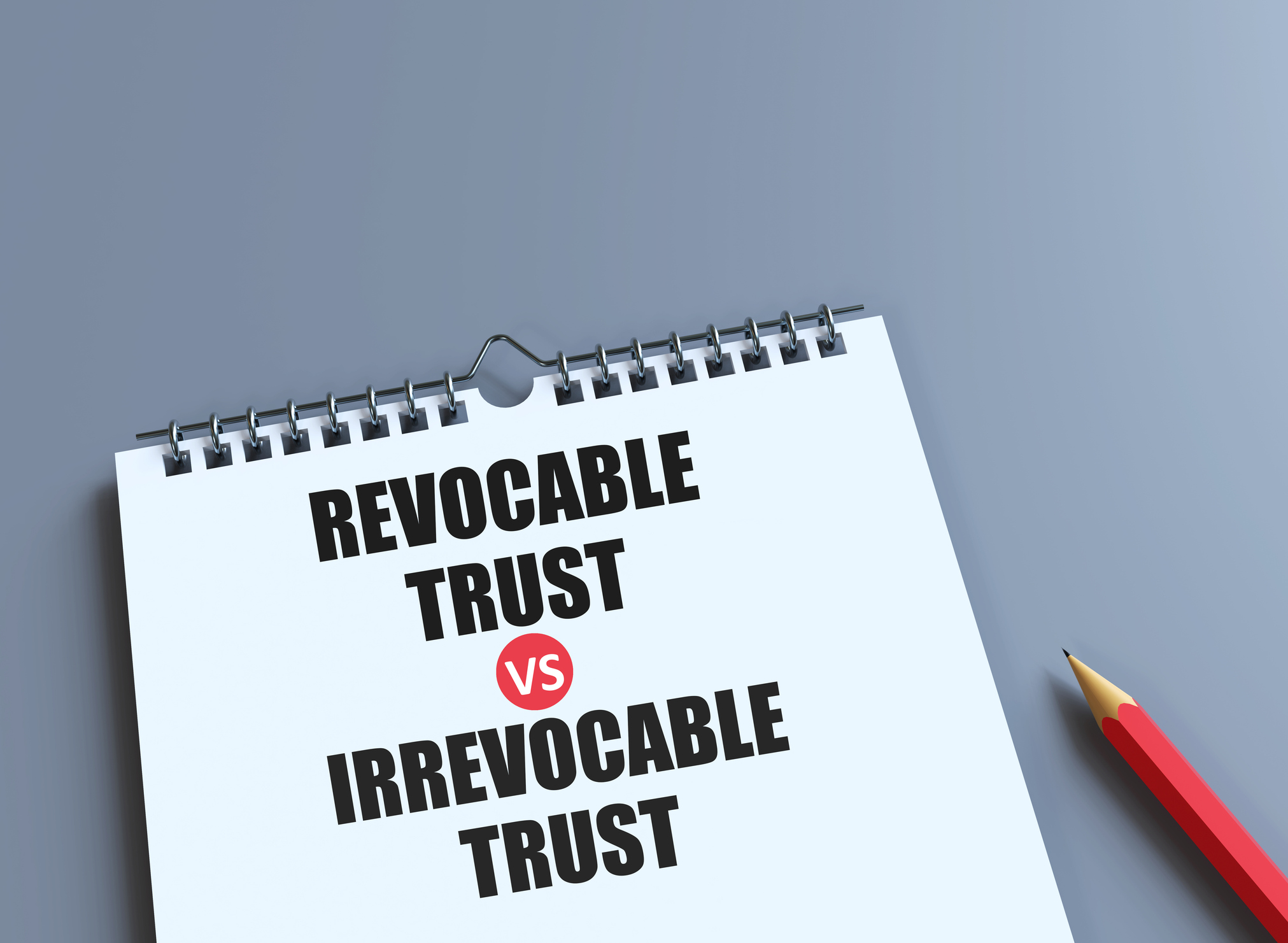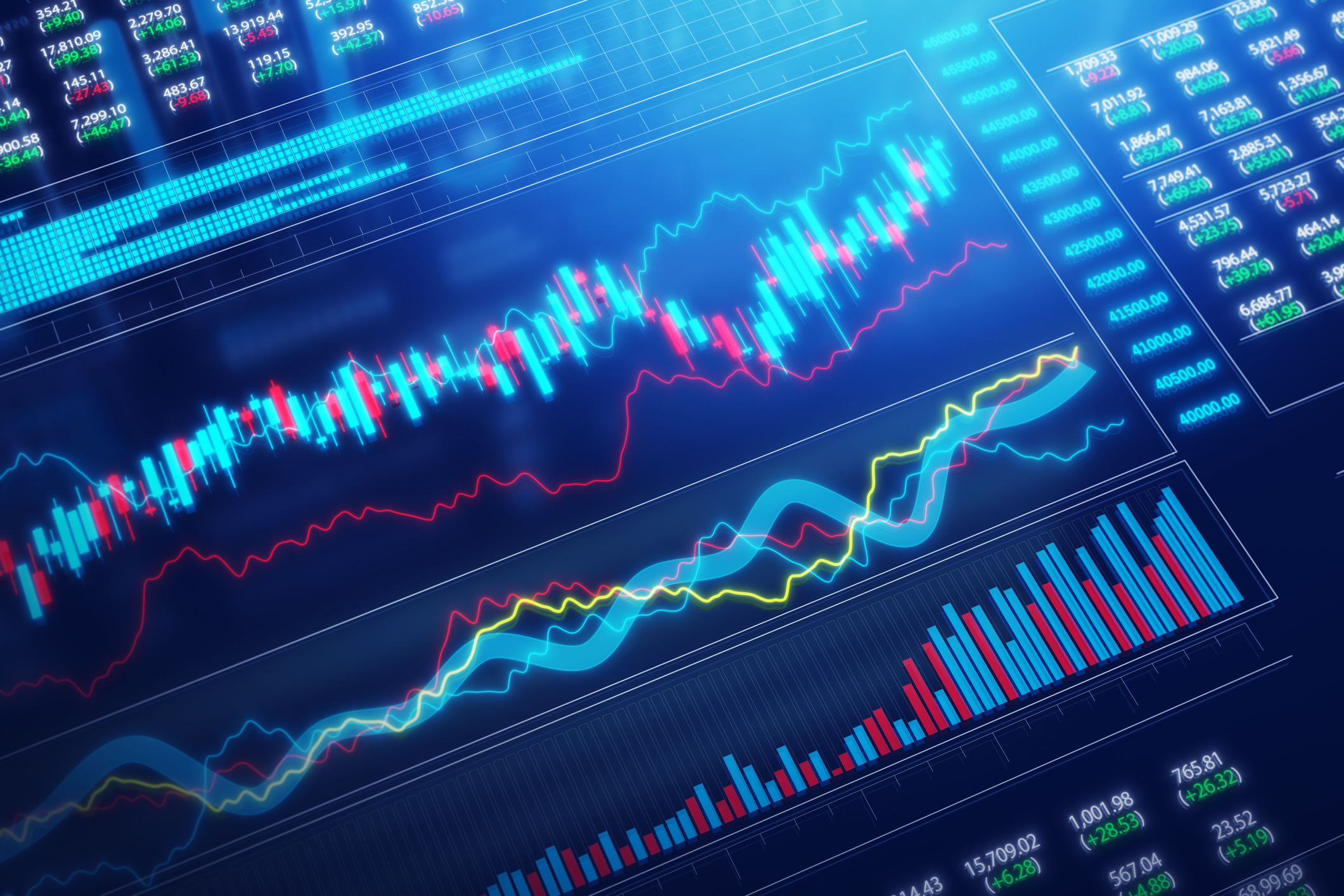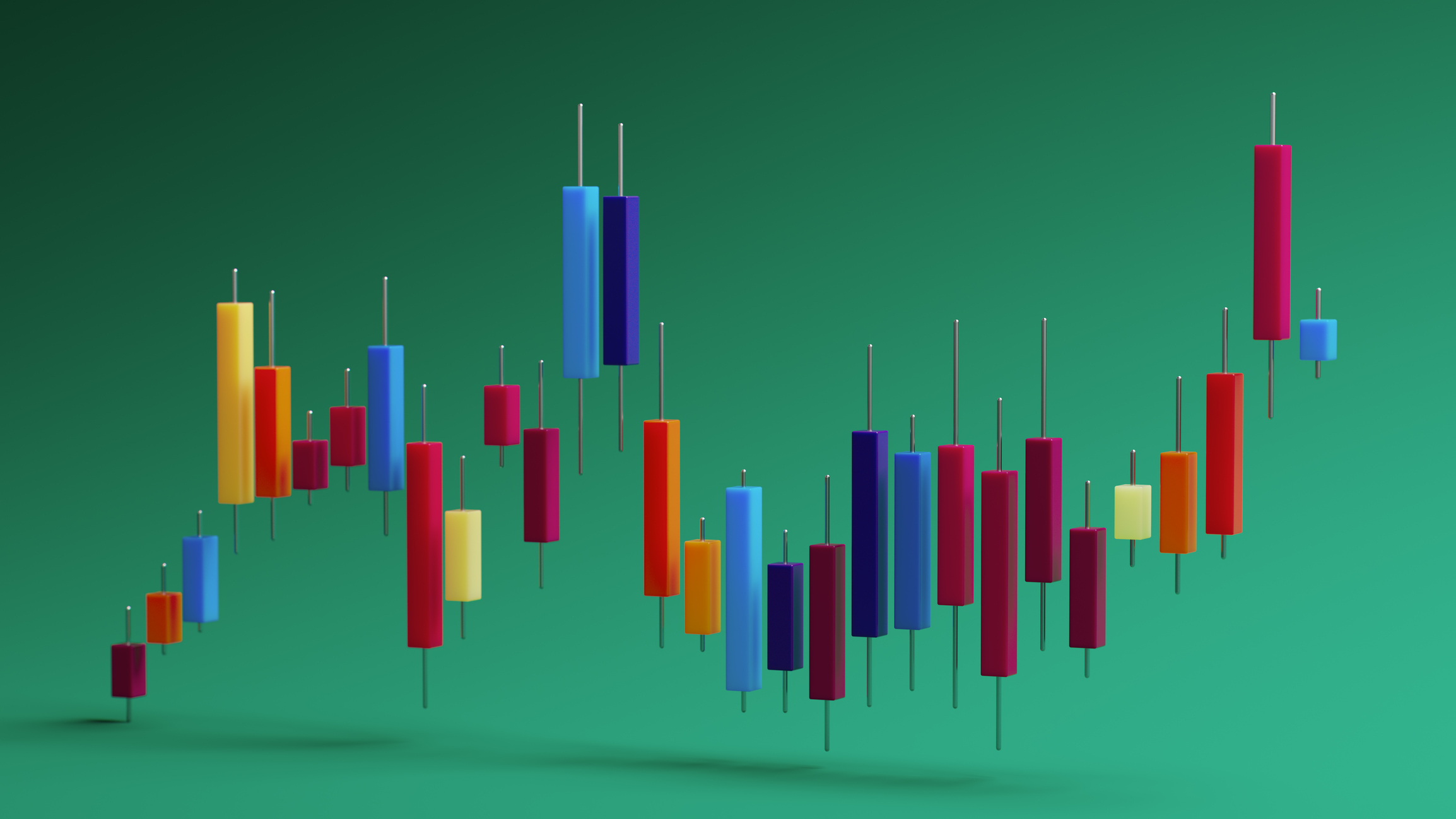The Kiplinger Dividend 15 Is On a Roll
Our favorite stocks for dividend income are rebounding well after the 2018 correction.

The Kiplinger Dividend 15, our favorite stocks for dividend income, have bounced back nicely from the 2018 correction. The 15 stocks have an average dividend yield of 3.7%, compared with 2.0% for Standard & Poor’s 500-stock index. Since we last visited the Dividend 15 in our December issue, the stocks have returned an average 4.9%, while the S&P 500 eked out 1.0%. Our dividend darlings have slightly outperformed the S&P 500 for the past 12 months as well. (Prices and returns are as of February 15.)
It’s nice to beat the S&P 500, but the main reason to invest in any of the Kiplinger Dividend 15 is for a reliable income stream that will grow over time. All 15 stocks have raised their dividends over the past 12 months.
Among our stars, Realty Income is up 27.3% over the past four months and 47.2% over the past 12 months. The real estate investment trust is the landlord for Walgreens and 7-Eleven, among others. The soaring share price has pushed Realty Income’s yield below our 4% threshold for high-yield dividend stocks. This is a nice problem to have, but we’re keeping an eye on the payout to see if the yield climbs back above 4%. The company has raised its dividend 100 times since its listing on the New York Stock Exchange in 1994. It still sports a respectable yield of 3.9%.
From just $107.88 $24.99 for Kiplinger Personal Finance
Become a smarter, better informed investor. Subscribe from just $107.88 $24.99, plus get up to 4 Special Issues

Sign up for Kiplinger’s Free Newsletters
Profit and prosper with the best of expert advice on investing, taxes, retirement, personal finance and more - straight to your e-mail.
Profit and prosper with the best of expert advice - straight to your e-mail.
Cleaning up. Procter & Gamble (PG) has gained 26.7% since we last checked in four months ago. The maker of Gillette razors and Tide detergent has trimmed its brands from 100 to 65 and kept a laser focus on costs. The company beat analysts’ sales and earnings expectations in its fiscal second quarter, which ended in December.
Our biggest loser was pharmaceutical giant AbbVie (ABBV), down 9.7% since mid October. The firm’s latest earnings report revealed soft international sales of Humira, its rheumatoid arthritis drug. But AbbVie has a strong pipeline of new drugs. And the shares now trade at nine times estimated earnings for the year ahead.
Lower oil prices have taken a toll on ExxonMobil (XOM), which is down 2.5% over the past four months. The firm tends to moderate the size of its dividend hikes when oil is under pressure—but it has raised its dividend for 36 years in a row, averaging about 6% annually.
We divide the Dividend 15 into three groups. Dividend stalwarts have raised their payouts each year for at least 20 years. There are no guarantees, but Walmart, for one, has raised its annual dividend from 5 cents a share in March 1974 to $2.12 per share today. Our dividend growth category includes companies that can continue to deliver generous dividend hikes, fueled by strong growth in sales and profits. Home Depot (HD) has beaten Wall Street’s earnings expectations for the past five years. High yields can be a danger sign if they result from a sinking stock price. But our four high-yielders have a long history of generous dividends and the cash flow to keep paying them.
Profit and prosper with the best of Kiplinger's advice on investing, taxes, retirement, personal finance and much more. Delivered daily. Enter your email in the box and click Sign Me Up.

-
 3 Major Changes to the Charitable Deduction in 2026
3 Major Changes to the Charitable Deduction in 2026Tax Breaks About 144 million Americans may qualify for the 2026 universal charity deduction, while high earners face new IRS limits. Here's what to know.
-
 Where to Stash Cash as Yields Fall, According to Advisers
Where to Stash Cash as Yields Fall, According to AdvisersYour best options depend on how soon you'll need the money and your tolerance for risk.
-
 Control vs Protection Quiz: Which Trust Do You Need?
Control vs Protection Quiz: Which Trust Do You Need?Quiz Take this simple quiz to discover whether a revocable or irrevocable trust should be the cornerstone of your estate plan.
-
 If You'd Put $1,000 Into 3M Stock 20 Years Ago, Here's What You'd Have Today
If You'd Put $1,000 Into 3M Stock 20 Years Ago, Here's What You'd Have TodayMMM stock has been a pit of despair for truly long-term shareholders.
-
 Santa Claus Rally at Risk as Tech Stocks Slump: Stock Market Today
Santa Claus Rally at Risk as Tech Stocks Slump: Stock Market TodayThe Nasdaq Composite and Dow Jones Industrial Average led today's declines as investors took profits on high-flying tech stocks.
-
 Gold and Silver Shine as Stocks Chop: Stock Market Today
Gold and Silver Shine as Stocks Chop: Stock Market TodayStocks struggled in Friday's low-volume session, but the losses weren't enough to put the Santa Claus Rally at risk.
-
 The Santa Claus Rally Officially Begins: Stock Market Today
The Santa Claus Rally Officially Begins: Stock Market TodayThe Santa Claus Rally is officially on as of Wednesday's closing bell, and initial returns are positive.
-
 'Humbug!' Say Consumers, Despite Hot GDP: Stock Market Today
'Humbug!' Say Consumers, Despite Hot GDP: Stock Market Today"The stock market is not the economy," they say, but both things are up. Yet one survey says people are still feeling down in the middle of this complex season.
-
 Stocks Rise to the Spirit of the Season: Stock Market Today
Stocks Rise to the Spirit of the Season: Stock Market TodayInvestors, traders and speculators are beginning to like the looks of a potential year-end rally.
-
 Nasdaq Leads as Tech Stages Late-Week Comeback: Stock Market Today
Nasdaq Leads as Tech Stages Late-Week Comeback: Stock Market TodayOracle stock boosted the tech sector on Friday after the company became co-owner of TikTok's U.S. operations.
-
 Cooler Inflation Supports a Relief Rally: Stock Market Today
Cooler Inflation Supports a Relief Rally: Stock Market TodayInvestors, traders and speculators welcome much-better-than-hoped-for core CPI data on top of optimism-renewing AI earnings.